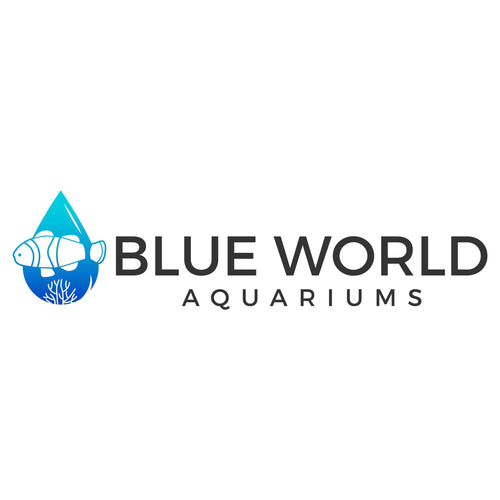Aqua-Cultured Livestock
Aqua-cultured livestock, often referred to as captive-bred or farm-raised aquatic organisms, are becoming increasingly significant in the aquarium industry. These species are bred and raised in controlled environments, such as fish farms and aquaculture facilities, rather than being collected from the wild. The practice of aquaculture offers numerous advantages, contributing positively to both environmental sustainability and the aquarium hobbyist community.
Environmental Sustainability
One of the most compelling reasons to support aqua-cultured livestock is its positive impact on environmental conservation. Wild collection of marine species can lead to overfishing, habitat destruction, and the depletion of natural populations. By opting for aqua-cultured species, the demand for wild-caught specimens decreases, allowing ecosystems to recover and thrive. This sustainable approach ensures that the delicate balance of marine environments is maintained, preserving biodiversity for future generations .
Health and Hardiness
Aqua-cultured livestock is generally healthier and more resilient than their wild-caught counterparts. Raised in a controlled environment, these species are accustomed to captivity, reducing stress and the risk of disease. They are also more likely to adapt quickly to home aquariums, making them a more reliable choice for hobbyists. The controlled breeding programs often aim to enhance the hardiness of these species, resulting in organisms that can better withstand the challenges of transportation and acclimation to new environments .
Ethical Considerations
Ethical considerations also play a significant role in the preference for aqua-cultured livestock. The practice of wild collection can sometimes involve destructive methods and exploitative labor practices. By choosing aqua-cultured species, consumers can support more humane and ethical practices within the aquarium industry. Many aquaculture facilities adhere to strict welfare standards, ensuring that the livestock is raised in healthy and humane conditions . Supporting Innovation and Economy The aquaculture industry drives innovation and economic growth. Advances in breeding techniques, disease management, and sustainable practices are continuously being developed within this sector. Supporting aqua-cultured livestock encourages further research and development, leading to even more sustainable and efficient methods. Additionally, the industry provides jobs and economic opportunities, contributing to local and global economies .
Conclusion
In conclusion, the importance and benefits of aqua-cultured livestock are multifaceted, encompassing environmental, ethical, and economic advantages. By choosing captive-bred species, aquarium hobbyists can enjoy healthier and hardier specimens while also contributing to the conservation of marine ecosystems and the promotion of ethical practices within the industry. As the demand for sustainable solutions grows, aqua-cultured livestock stands out as a responsible and beneficial choice for both the environment and the aquarium community.
References
Bruckner, A. W. (2005). The importance of the marine ornamental reef fish trade in the wider Caribbean. Revista de Biología Tropical, 53, 127-137.
Tlusty, M. F. (2002). The benefits and risks of aquacultural production for the aquarium trade. Aquaculture, 205(3-4), 203-219.
Moorhead, J. A., & Zeng, C. (2010). Development of captive breeding techniques for marine ornamental fish: A review. Reviews in Fisheries Science, 18(4), 315-343.
Rhyne, A. L., Tlusty, M. F., & Kaufman, L. (2014). Is sustainable exploitation of coral reefs possible? A view from the standpoint of the marine aquarium trade. Current Opinion in Environmental Sustainability, 7, 101-107.
Job, S. D., & Finias, M. (2009). Ethical issues in the aquarium trade: Considering the implications of aquaculture. Marine Policy, 33(4), 622-627.
Wabnitz, C., Taylor, M., Green, E., & Razak, T. (2003). From Ocean to Aquarium: The Global Trade in Marine Ornamentals. Cambridge, UK: UNEP World Conservation Monitoring Centre.
